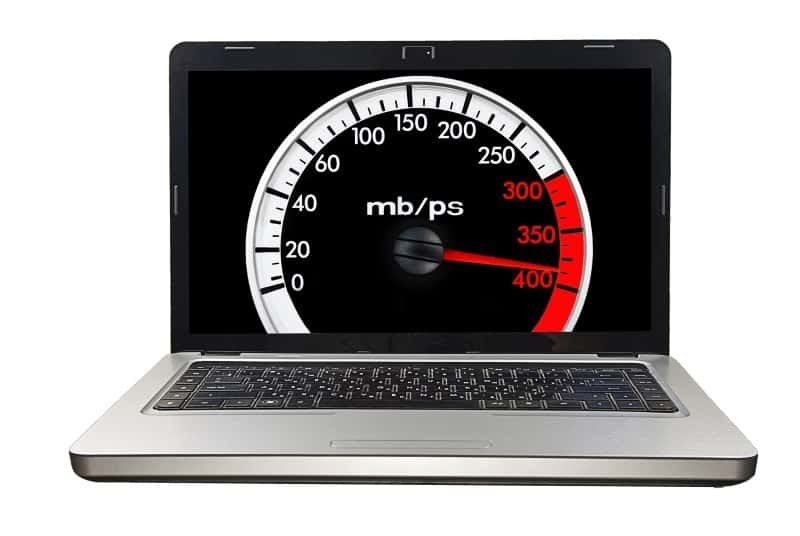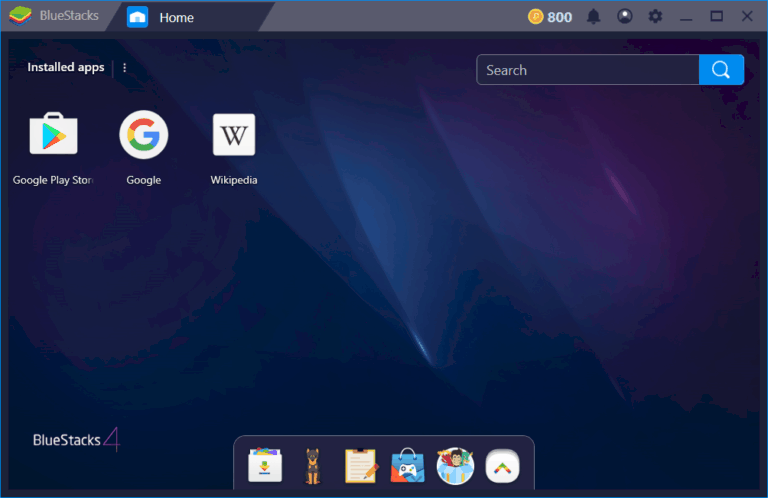6 Awesome Mobile Page Load Optimization Tips for your Mobile Website
When new users visit your mobile website, the first part they’ll notice is page load time. Modern websites that take more than a few seconds to load are at a severe disadvantage. Mobile web surfers have come to expect lightning-fast mobile speeds throughout the browsing experience, and mobile page speed optimization is the only way to consistently deliver on that front. These are six tips for improving mobile website speed.

1. Use Fewer Images
The most common culprit for slow mobile load times are large, unoptimized images. Luckily, modern web design is leaning towards “flat” designs that favor font-based symbols over traditional images.
If you must use images on your site, make sure to limit them to where absolutely necessary. If possible, it’s best to keep them off your landing page entirely. This page will serve as users’ first impression of your site, and quick mobile load times are more important here than anywhere.
2. Optimize Your Fonts
With so many free fonts available for commercial use, it’s easy to get lost in the design aspect of your site. Unfortunately, setting them up correctly is slightly more complicated than it seems.
There are three important rules when it comes to optimizing your site’s fonts: don’t use too many typefaces, make sure your CSS is written to prioritize fonts based on browser type and load only only the styles you need.
3. Avoid In-line CSS
Even if you’re sticking with popular themes, it’s important not to use themes with “in-line” CSS written throughout the HTML. Linking to separate stylesheets is nearly always a better choice and has a great impact on website speed. The same can be said for JavaScript files — too many in-line scripts can bog down your HTML.
4. Minify Project Files
Basic “compressor” applications can minify your JavaScript and CSS files for improved page load times. Minifying a document removes all the white space by putting the entire file on a single line. In a large document, this could reduce the file size by thousands of characters.
This is a quick fix for those using WordPress or not. Simply access your website files on your server, create minified copies of all CSS and JavaScript, and delete the originals.
5. Use Fewer Plugins
This is particularly important for those using a CMS. Plugins that improve your website’s functionality may have a negative impact on load times. Though many website owners wouldn’t dare move forward without their favorite plugins, it’s best to at least set each one up correctly. Many plugins can be optimized to only load on certain pages or under certain circumstances.
6. Allow Mobile Browser Caching
Last of all, browser caching is a great way to improve load times for your site’s regular visitors. Accessing caching functionality was once a process limited to web developers, but popular content management systems like WordPress offer plugins that make it accessible to everyone. As a rare exception to the previous tip, caching plugins are typically lightweight and cause little harm to mobile page speed optimization.
Effectively, caching plugins prompt each user’s computer to save compressed bits of information from your website upon initially loading. When they visit your site in the future, they can save time accessing information from their hard drive instead of through HTTP requests.





I agree with you on the plugin part. I have seen bloggers use plugin for every single thing, from adding a Facebook comment box to nofollow-ing the external links. These things can easily be done by changing a few codes of the theme files. Plugins only use up the resources and make the website load slower.